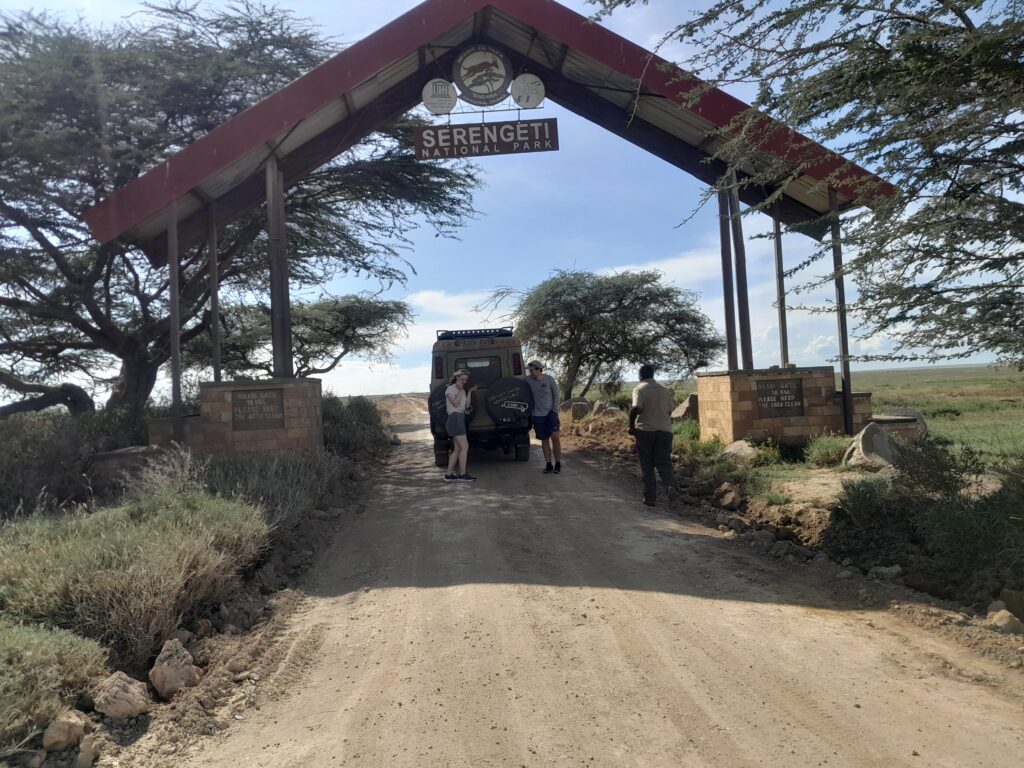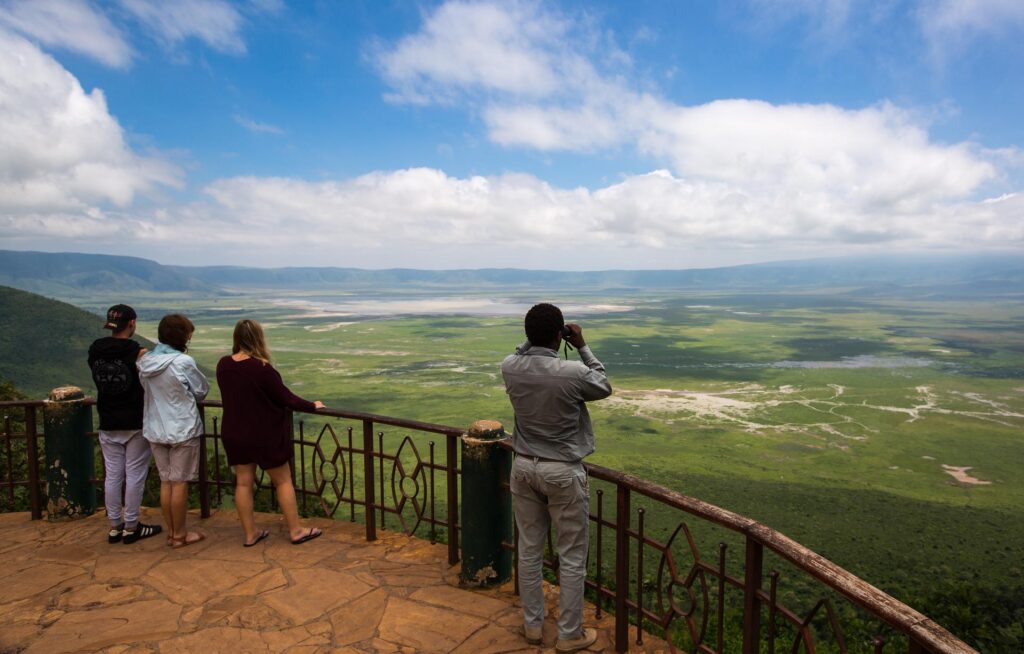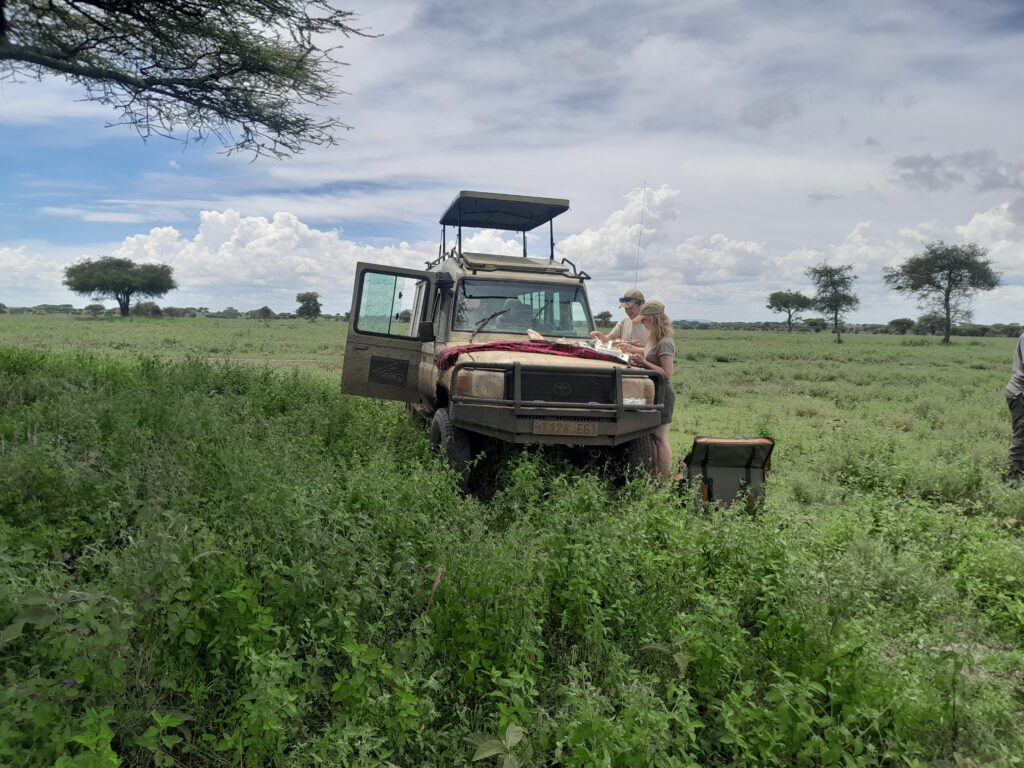The 7 Best Safari Parks in Tanzania

Introduction
If you’re dreaming of the ultimate African safari, Tanzania should be at the top of your list. It’s a land where elephants roam freely, lions laze under acacia trees, and sunsets paint the skies in gold. With world-famous national parks and untamed game reserves, Tanzania offers an unforgettable adventure for nature lovers, wildlife photographers, and explorers alike.
But with so many parks to choose from, where do you even begin? Don’t worry — I’ve got you covered. Here’s your guide to the 7 best safari parks in Tanzania, each offering a different flavor of wilderness.
1. Serengeti National Park
The Great Migration
When people think “safari,” they think Serengeti. This park is legendary — and for good reason. It’s home to The Great Wildebeest Migration, one of the most awe-inspiring natural events on Earth. Over two million wildebeests, zebras, and gazelles move in a never-ending loop across the plains in search of fresh grass. It’s raw, dramatic, and jaw-droppingly beautiful.
Wildlife and Landscapes
Beyond the migration, Serengeti teems with predators. Lions, leopards, cheetahs — they’re all here, waiting patiently (or not so patiently) for their next meal. You’ll also see elephants, giraffes, buffalo, and more against the backdrop of sweeping savannahs and golden grasslands.
Best Time to Visit
While wildlife is abundant year-round, the best time for the migration is from June to October in the western and northern corridors, and January to March in the southern Serengeti during the calving season.

2. Ngorongoro Conservation Area
The Ngorongoro Crater
This massive volcanic caldera is a world of its own. It’s like a natural zoo, except way better — and real. The Ngorongoro Crater shelters nearly 30,000 animals in a lush, 260-square-kilometer basin. Think of it as the perfect snapshot of African wildlife, all tucked into a giant green bowl.
Abundance of Big 5
Ngorongoro is one of the best places to see the Big Five — lion, leopard, elephant, buffalo, and rhino — all in one day. Yep, it’s that good.
Cultural Visits to Maasai Villages
The area is also home to the Maasai people, who have lived here in harmony with wildlife for centuries. Visiting a village offers a rich cultural experience that adds meaning to your safari.
3. Tarangire National Park
Elephant Kingdom
Tarangire is where you’ll see some of the largest elephant herds in Tanzania — sometimes in groups of 100 or more. It’s a jaw-dropping sight, especially during the dry season when they crowd around the Tarangire River.
Baobab Tree Forests
Another unique feature? The ancient baobab trees. These giants dot the landscape like something out of a fantasy novel, and they make for some epic photo ops.
Bird Watching Paradise
With over 500 bird species, Tarangire is a birder’s dream. From colorful bee-eaters to giant hornbills, the skies are alive with feathers.
4. Lake Manyara National Park
Tree-Climbing Lions
Yep, you read that right. Lake Manyara is one of the few places in the world where lions are known to climb trees for fun (or maybe just a better view). It’s a quirky twist you don’t want to miss.
Flamingo-Filled Lake
The shallow alkaline lake is a magnet for flamingos, especially during the wet season. The sight of thousands of pink birds along the shoreline is nothing short of magical.
Unique Ecosystems
Though small in size, Manyara packs a punch with its diverse habitats — groundwater forests, marshes, grasslands, and hot springs. Perfect for a half-day or full-day safari.

5. Ruaha National Park
Remote and Wild
If you’re after a true wilderness experience, Ruaha is your go-to. It’s remote, rugged, and far less touristy than the northern circuit parks. You’ll often feel like you have the place all to yourself.
Predator Rich Environment
Ruaha is known for its large populations of lions and leopards, as well as endangered African wild dogs. And because of fewer vehicles, the sightings feel even more special.
Off-the-Beaten-Path Adventure
Getting here takes effort, but trust me — it’s worth it. You’ll be rewarded with dramatic landscapes, fewer crowds, and raw, untamed beauty.
6. Selous Game Reserve (Now Nyerere National Park)
Boat Safaris on the Rufiji River
Want to swap a jeep for a boat? In Nyerere, you can glide past hippos and crocodiles on the Rufiji River, which snakes through the park like a lazy python. It’s a safari from a different perspective — peaceful but wild.
One of Africa’s Largest Protected Areas
Covering over 30,000 square kilometers, Nyerere is massive — larger than Switzerland! It’s got everything from savannahs to wetlands, offering a seriously diverse safari experience.
Diverse Activities: Walking, Boating, and Drives
Unlike many parks, here you can enjoy walking safaris, boating, and traditional game drives, giving you the chance to connect with nature in multiple ways.
7. Mikumi National Park
Tanzania’s Hidden Gem
Often overlooked, Mikumi is a fantastic choice for first-timers or those short on time. It offers great wildlife viewing without the crowds of more famous parks.
Close to Dar es Salaam
Located just a few hours from Dar es Salaam, it’s perfect for a quick getaway or weekend safari if you’re already in the city.
Wildlife Viewing Made Easy
You’ll see elephants, lions, zebras, giraffes, and more — often within minutes of entering the park. It’s like Tanzania’s version of a “safari starter pack.”

Choosing the Right Safari Park for You
Budget vs Luxury Options
If you’re ballin’ on a budget, parks like Mikumi and Manyara are solid choices. Looking for high-end lodges and exclusivity? Serengeti and Ngorongoro deliver.
Ideal Safari Seasons
Dry season (June–October) is best for game viewing. Wet season (November–May) is lush and beautiful — plus, it’s the best time for birdwatching and baby animals.
Group Tours or Private Safaris
Group safaris are more affordable, while private tours offer flexibility and intimacy. Pick what suits your vibe (and your wallet).
Conclusion
Tanzania is the safari lover’s paradise, and each of its parks offers something magical. Whether it’s the thundering hooves of the Great Migration in Serengeti or the quiet elegance of elephants in Tarangire, there’s a corner of this beautiful country waiting to steal your heart.
So pack your camera, throw on some khaki, and get ready — your Tanzanian adventure is calling.


